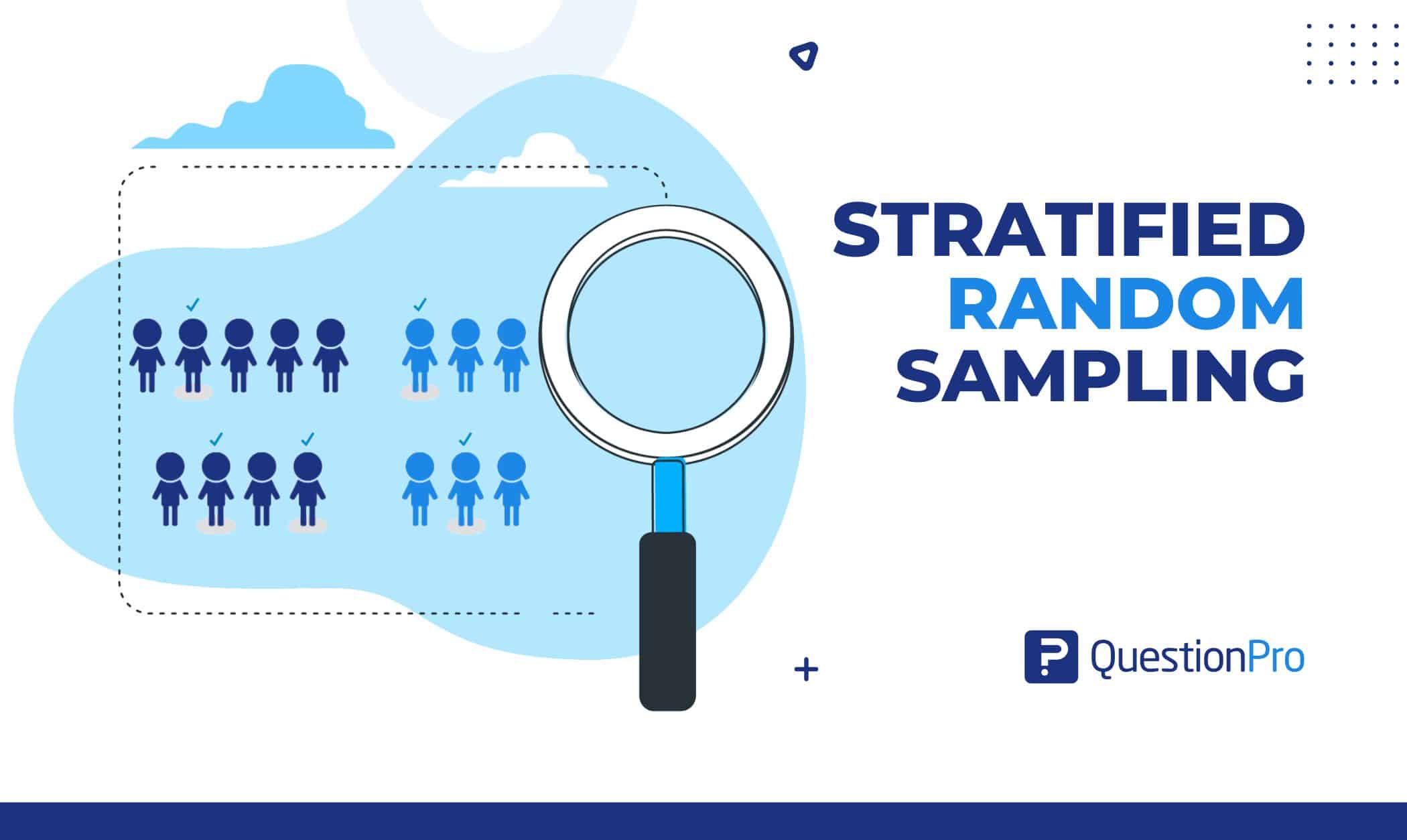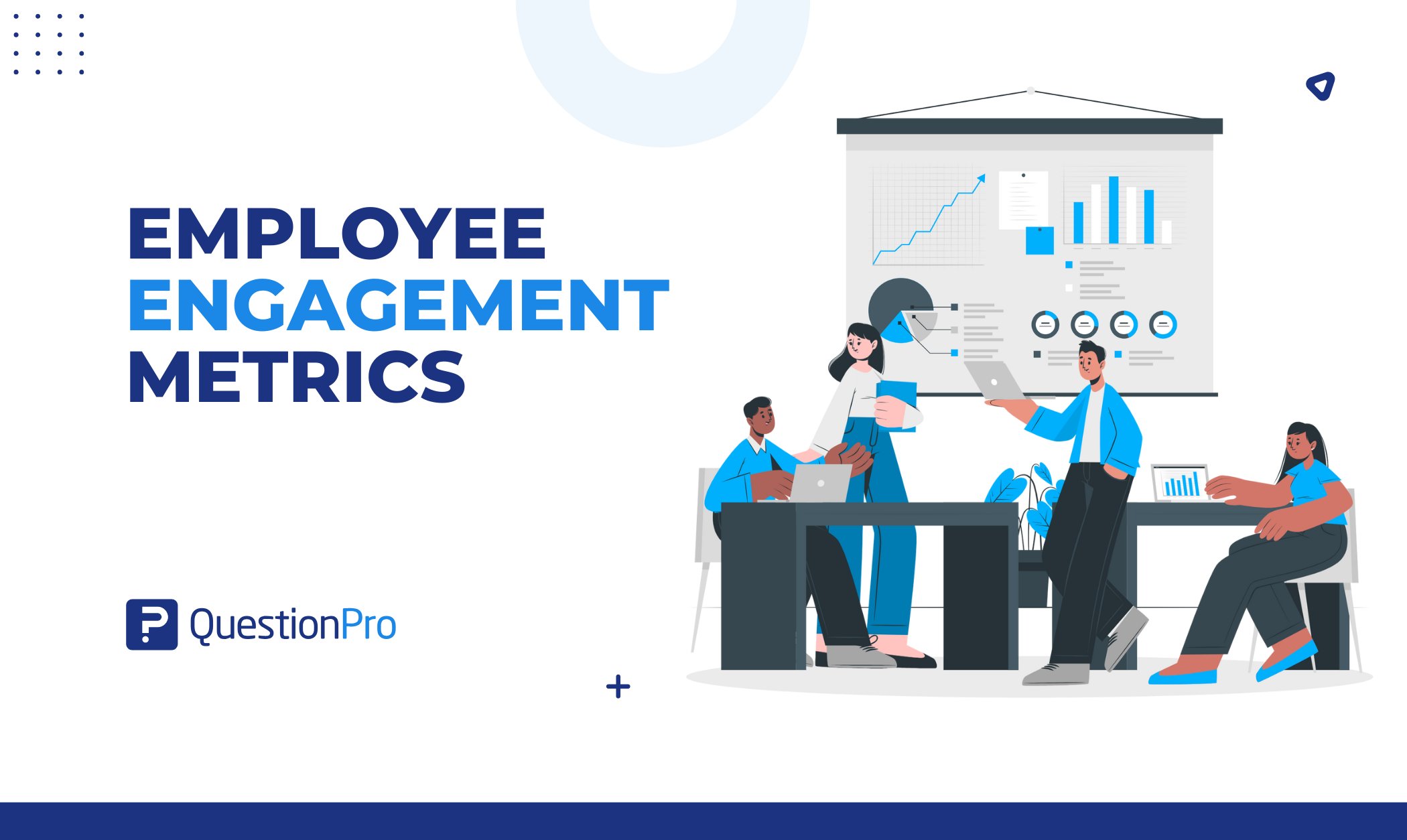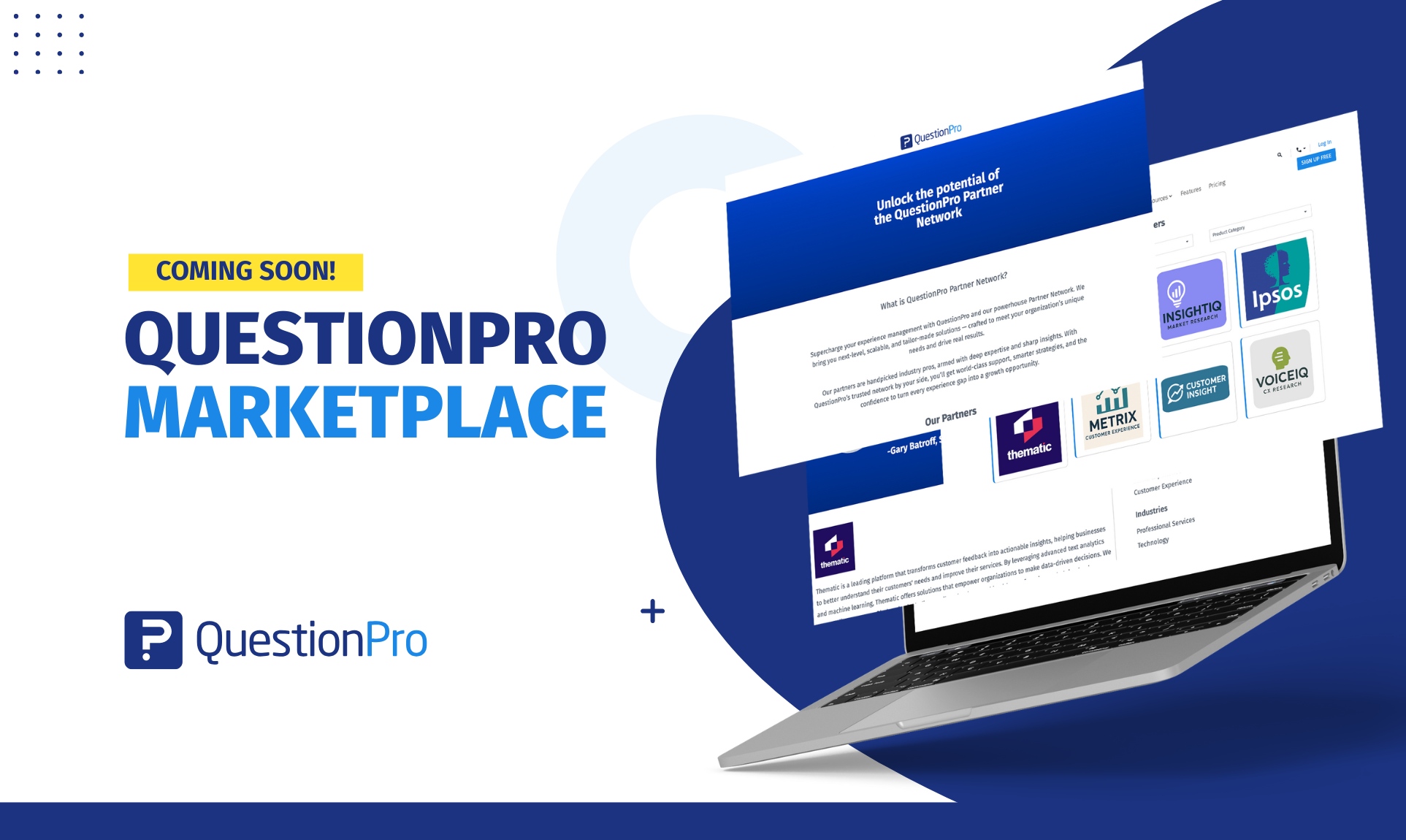
Stratified random sampling is a widely used statistical technique in which a population is divided into different subgroups, or strata, based on some shared characteristics. The purpose of stratification is to ensure that each stratum in the sample and to make inferences about specific population subgroups. Subgroup analysis is crucial for tailoring treatments to specific patient groups, optimizing healthcare outcomes.
This technique is beneficial in cases where the population is heterogeneous, and a simple random sample may not provide accurate results. By dividing the population into strata, researchers can ensure that their sample is representative of the population and avoid sampling biases.
What is Stratified Random Sampling?
Stratified random sampling is a type of probability method using which a research organization can branch off the entire population into multiple non-overlapping, homogeneous groups (strata) and randomly choose final members from the various strata for research which reduces cost and improves efficiency. Members in each of these groups should be distinct so that every member of all groups gets an equal opportunity to be selected using simple probability. This sampling method is also called “random quota sampling.”
Let’s consider a situation where a research team seeks opinions about religion among various age groups. Instead of collecting feedback from 326,044,985 U.S citizens, random samples of around 10000 can be selected for research. These 10000 citizens can be divided into groups according to age, i.e., 18-29, 30-39, 40-49, 50-59, and 60 and above. Each stratum will have distinct members and the number of members—age, socioeconomic divisions, nationality, religion, educational achievements, and other classifications.
8 Steps to Conduct Stratified Random Sampling
The following are the steps to select a stratified random sample:

- Define the target audience.
- Recognize the stratification variable or variables and figure out the number of strata to be used. These stratification variables should be in line with the objective of the research. Every additional information decides the stratification variables. For instance, if the objective of the research is to understand all the subgroups, the variables will be related to the subgroups.
- Use an already-existent sampling frame or create a frame that’s inclusive of all the information of the stratification variable for all the elements in the target audience.
- Make changes after evaluating the sampling frame on the basis of lack of coverage, over-coverage, or grouping.
- Considering the entire population, each stratum should be unique and should cover each and every member of the population. Within the stratum, the differences should be minimum, whereas each stratum should be extremely different from one another. Each element of the population should belong to just one stratum.
- Assign a random, unique number to each element.
- Figure out the size of each stratum according to your requirement. The numerical distribution amongst all the elements in all the strata will determine the type of sampling to be implemented. It can either be proportional or disproportional stratified sampling.
- The researcher can select random elements from each stratum to form the sample. A minimum of one piece must be chosen from each stratum so that there’s representation from every stratum, but if two elements from each stratum are selected, quickly calculate the error margins of the calculation of collected data.
Using this method helps ensure that the sample is representative of the population and reduces sampling error, leading to more accurate results.
Learn more: Simple Random Sampling & Purposive Sampling
Types of Stratified Random Sampling
- Proportionate Sampling:
In this approach, each stratum sample size is directly proportional to the population size of the entire population of strata. That means each strata sample has the same sampling fraction.
| Proportionate Stratified Random Sampling Formula: nh = ( Nh / N ) * n |
nh= Sample size for hth stratum
Nh= Population size for hth stratum
N = Size of entire population
n = Size of entire sample
If you have four strata with 500, 1000, 1500, and 2000 respective sizes, the research organization selects ½ as the sampling fraction. A researcher must choose 250, 500, 750, and 1000 members from the separate stratum.
| Stratum | A | B | C | D |
| Population Size | 500 | 1000 | 1500 | 2000 |
| Sampling Fraction | 1/2 | 1/2 | 1/2 | 1/2 |
| Final Sampling Size Results | 250 | 500 | 750 | 1000 |
Irrespective of the sample size of the population, the sampling fraction will remain uniform across all the strata.
Learn more: Systematic Sampling
- Disproportionate Sampling:
The sampling fraction is the primary differentiating factor between proportionate and disproportionate stratified random sampling. In excessive sampling, each stratum will have a different sampling fraction.
The success of this sampling method depends on the researcher’s precision at fraction allocation. If the allotted fractions aren’t accurate, the results may be biased due to the overrepresented or underrepresented strata.
| Stratum | A | B | C | D |
| Population Size | 500 | 1000 | 1500 | 2000 |
| Sampling Fraction | 1/2 | 1/3 | 1/4 | 1/5 |
| Final Sampling Size Results | 250 | 333 | 375 | 400 |
Learn more: Cluster Sampling
Stratified Random Sampling Examples
Researchers and statisticians use stratified random sampling to analyze relationships between two or more strata. As stratified random sampling involves multiple layers or strata, it’s crucial to calculate the strata before calculating the sample value.
Learn more: Quantitative Market Research
Following is a classic stratified random sampling example:
Let’s say 100 (Nh) students of a school having 1000 (N) students were asked questions about their favorite subject. It’s a fact that the students of the 8th grade will have different subject preferences than the students of the 9th grade. For the survey to deliver precise results, the ideal manner is to divide each step into various strata.
Here’s a table of the number of students in each grade:
| Grade | Number of students (n) |
| 5 | 150 |
| 6 | 250 |
| 7 | 300 |
| 8 | 200 |
| 9 | 100 |
Calculate the sample of each grade using the formula:
| Stratified Sample (n5) = 100 / 1000 * 150 = 15 |
| Stratified Sample (n6) = 100 / 1000 * 250 = 25 |
| Stratified Sample (n7) = 100 / 1000 * 300 = 30 |
| Stratified Sample (n8) = 100 / 1000 * 200 = 20 |
| Stratified Sample (n9) = 100 / 1000 * 100 = 10 |
Learn more: Convenience Sampling
Advantages of Stratified Random Sampling
Stratified random sampling is a statistical technique that offers several advantages over other methods. Some of the critical benefits include the following:
- Better accuracy in results in comparison to other probability sampling methods such as cluster sampling, simple random sampling, and systematic sampling or non-probability methods such as convenience sampling. This accuracy will be dependent on the distinction of various strata.
- Convenient to train a team to stratify a sample due to the exactness of the nature of this sampling technique.
- Due to statistical accuracy of this method, smaller sample sizes can also retrieve highly useful results for a researcher.
- This sampling technique covers maximum population as the researchers have complete charge over the strata division.
- Health surveys can benefit from this method to represent the population concerning health status, disease prevalence, or risk factors.
Stratified random sampling is a valuable and efficient method for a population with distinct subgroups. Its ability to increase precision, represent each subgroup proportionately, control for bias, save costs, and improve data quality make it a valuable tool for researchers in many fields.
Learn more: Cluster Sampling vs Stratified Sampling
When to use Stratified Random Sampling?
Stratified random sampling should be used when the population under study has distinct subgroups, and the goal is to make inferences about each subgroup or the population as a whole. This technique is beneficial when:
- Stratified random sampling is a highly productive method sampling in situations where the researcher intends to focus only on specific strata from the available population data. This way, the desired characteristics of the strata can be found in the survey sample.
- Researchers rely on this sampling method in cases where they intend to establish a relationship between two or more different strata. If this comparison is conducted using simple random sampling, there is a higher likelihood of the target groups not being equally represented.
- Samples with a population which are difficult to access or contact can be quickly involved in the research process using the stratified random sampling technique.
- The accuracy of statistical results is higher than simple random sampling since the elements of the sample and chosen from relevant strata. The diversification within the strata will be much lesser than the diversification in the target population. Due to the accuracy involved, the required sample size will be much lesser, which will help researchers save time and effort.
- Public opinion polls often use stratified random sampling to represent the population concerning demographic characteristics such as region, political affiliation, or age.
LEARN ABOUT: Survey Sampling
Stratified random sampling is practical when the population has distinct subgroups, and the goal is to make inferences about each subgroup or the population as a whole.
Read more about Sampling:
Conclusion
Stratified random sampling is essential for researchers as it helps increase the results’ validity and reliability. Using QuestionPro, you can use its built-in sampling tools to ensure that your sample is representative of the population. You can also use QuestionPro’s analytics tools to analyze your data, including descriptive statistics, crosstabulation, and regression analysis.
Overall, QuestionPro provides an effective platform for conducting stratified random sampling studies, allowing you to ensure that your sample is representative of your population and to analyze your data in a user-friendly environment.







